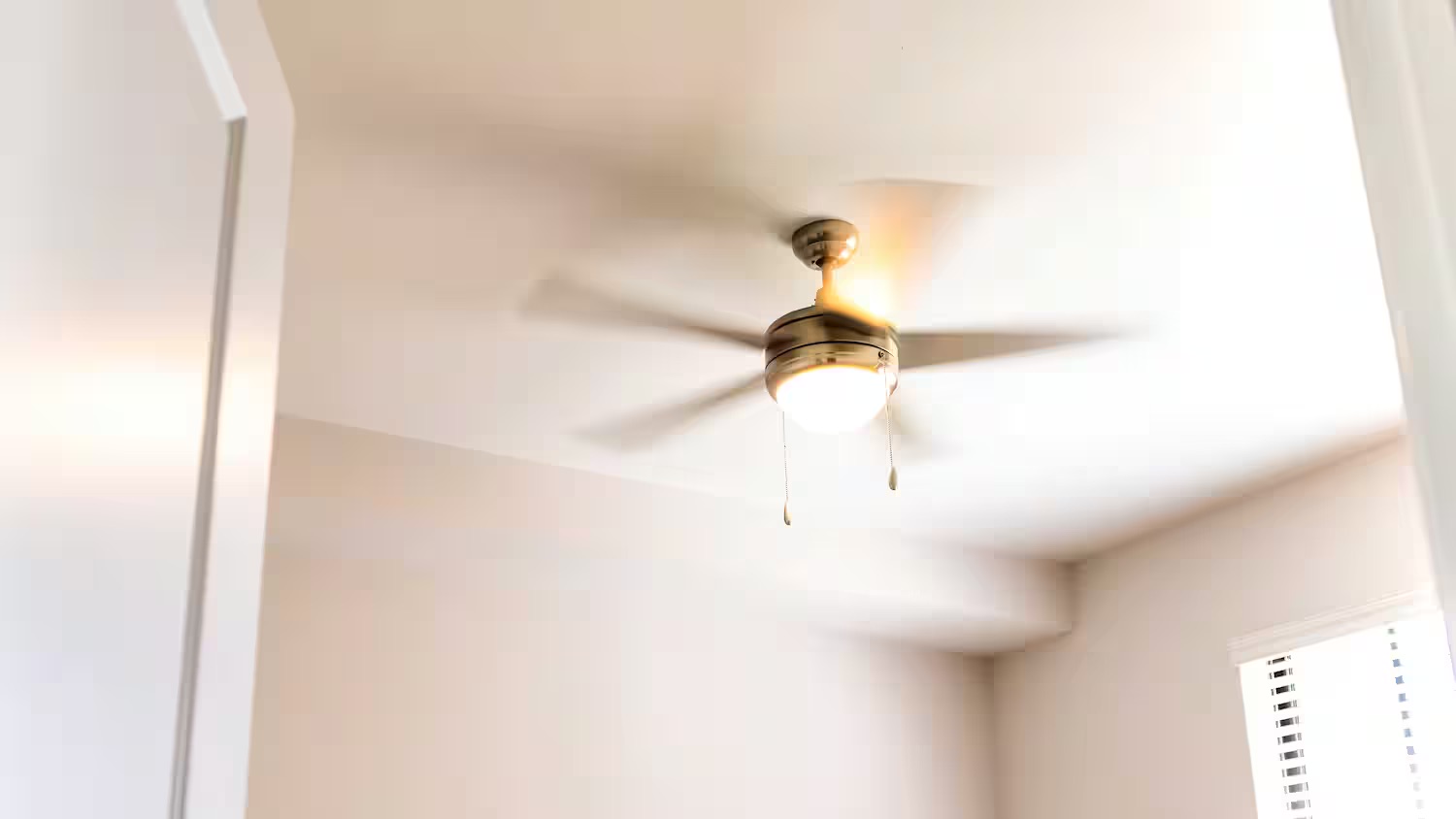

Articles
How Much Energy Do Ceiling Fans Use
Modified: February 27, 2024
Learn about the energy consumption of ceiling fans in our informative articles. Discover how much energy ceiling fans use and save on your electricity bill.
(Many of the links in this article redirect to a specific reviewed product. Your purchase of these products through affiliate links helps to generate commission for Storables.com, at no extra cost. Learn more)
Introduction
Welcome to the world of ceiling fans, where comfort meets energy efficiency! Ceiling fans have long been a popular choice for homeowners and businesses alike, providing a cost-effective and sustainable solution for cooling and ventilating spaces. With rising energy costs and a growing concern for sustainability, understanding the energy consumption of ceiling fans has become increasingly important.
In this article, we will delve into the world of ceiling fans and explore their energy usage. We will discuss the factors that affect energy consumption, the importance of measuring energy usage, and provide tips for choosing energy-efficient models. By the end of this article, you will have a comprehensive understanding of how much energy ceiling fans use and how to optimize their efficiency.
Before we dive into the specifics, let’s take a moment to understand what ceiling fans are and how they work. A ceiling fan is a mechanical device that is typically suspended from the ceiling of a room. It consists of rotating blades, powered by an electric motor, which circulate air within the space. This circulation creates a cooling effect on the skin, similar to the wind-chill factor.
Ceiling fans are widely used for their ability to provide comfort and maintain a pleasant indoor environment. They can be found in homes, offices, restaurants, hotels, and various other commercial spaces. Besides their cooling benefits, ceiling fans can also help with air circulation, reducing the reliance on air conditioning systems and improving energy efficiency.
Now that we have a basic understanding of ceiling fans, let’s explore the factors that can influence their energy consumption. Stay tuned for the next section where we delve into the fascinating world of energy usage and efficiency!
Key Takeaways:
- Ceiling fans are energy-efficient cooling options, consuming 15 to 75 watts of power. Utilize energy-saving modes, adjust fan speed, and use in conjunction with air conditioning to maximize efficiency and reduce energy usage.
- Choosing ENERGY STAR-certified fans with high-performance motors and optimal blade design can significantly reduce energy consumption. Regular maintenance, smart controls, and strategic usage further enhance energy efficiency.
Read more: How To Use A Ceiling Fan
Understanding Ceiling Fans
Before we delve into the intricacies of energy consumption, it’s important to have a solid understanding of how ceiling fans operate. A ceiling fan consists of several key components that work together to create the desired air movement and cooling effect.
The most noticeable component of a ceiling fan is the set of blades, which are responsible for creating airflow. These blades come in various shapes, sizes, and materials, with each design offering unique performance characteristics. The number of blades can vary, typically ranging from three to five, although there are ceiling fans with more or fewer blades available on the market.
Another crucial component is the electric motor, which powers the rotation of the blades. The motor is typically housed in the fan’s motor assembly and is responsible for converting electrical energy into mechanical energy. Choosing a ceiling fan with an efficient motor can significantly impact energy consumption.
Additionally, ceiling fans are equipped with controls that allow users to adjust the fan’s speed and direction. Most fans have pull chain controls, allowing users to switch between different speed settings. More advanced models may have remote controls or wall-mounted switches, offering convenience and ease of use.
It’s also worth mentioning that ceiling fans come in various sizes to accommodate different room sizes and ceiling heights. Choosing the right-sized fan ensures optimal performance and airflow, preventing energy wastage.
Now that we have a basic understanding of the components and features of ceiling fans, let’s explore the factors that can affect their energy consumption.
Factors Affecting Energy Consumption
Several factors can affect the energy consumption of a ceiling fan. Understanding these factors is crucial in making informed decisions and optimizing the efficiency of your fan. Let’s take a closer look at some of the key factors:
- Fan Speed: The speed at which the fan operates directly impacts its energy consumption. Higher speeds generally result in greater energy usage. However, running the fan at a higher speed can provide more effective cooling, allowing you to set the thermostat at a higher temperature and potentially save energy on air conditioning.
- Blade Size and Pitch: The size and pitch of the blades can affect the airflow generated by the fan. Fans with larger blades or a steeper blade pitch often move more air, resulting in greater energy consumption. It’s important to choose a fan with an appropriate blade size and pitch for the room size to avoid energy wastage.
- Motor Efficiency: The efficiency of the motor plays a significant role in energy consumption. Higher efficiency motors convert a larger portion of the electrical energy into mechanical energy, resulting in lower energy usage. Look for ceiling fans with motors that are ENERGY STAR certified or labeled as energy-efficient.
- Usage Duration: The amount of time the fan is in operation affects energy consumption. Running the fan for longer periods will result in higher energy usage. Consider utilizing the fan only when necessary or using a timer to automatically switch it off after a set duration.
- Room Size: The size of the room plays a role in determining the energy consumption of the fan. Large rooms may require a larger fan or multiple fans to effectively distribute air, potentially increasing energy usage. On the other hand, running multiple smaller fans in a large room can allow for more targeted cooling, potentially saving energy.
- Ceiling Height: The height of the ceiling can impact the efficiency of the fan. For higher ceilings, the fan may need to work harder to circulate air effectively, resulting in increased energy consumption. In these cases, consider using downrods or extensions to lower the fan closer to the living area.
- Additional Features and Accessories: Some ceiling fans come with additional features, such as built-in lights or remote-controlled operation. While these features can provide convenience, they may also increase energy consumption. Ensure that any additional features or accessories align with your energy-saving goals.
By taking these factors into consideration and making well-informed choices, you can optimize the energy consumption of your ceiling fan and enjoy both comfort and energy efficiency.
Energy Usage of Ceiling Fans
Now that we understand the factors that can affect energy consumption, let’s delve into the energy usage of ceiling fans. Ceiling fans are generally considered to be one of the most energy-efficient cooling options available, especially when compared to air conditioning systems. However, it’s important to understand the actual energy usage to make informed decisions.
The energy usage of a ceiling fan is typically measured in watts (W). A watt is the unit of power, representing the rate at which energy is consumed. The power consumption of a ceiling fan can vary depending on its size, speed setting, motor efficiency, and other factors previously mentioned.
On average, a typical ceiling fan consumes between 15 to 75 watts of power when running at its highest speed. However, it’s important to note that most residential ceiling fans have multiple speed settings, allowing users to adjust the fan speed based on their comfort needs.
At lower speed settings, ceiling fans consume significantly less energy. For example, running a ceiling fan at half-speed can reduce energy consumption by about 50%, as the power consumed is proportional to the cube of the speed.
Furthermore, when using the ceiling fan in conjunction with an air conditioning system, you can set your thermostat at a higher temperature. This can lead to substantial energy savings, as ceiling fans provide a cooling effect on the skin, making the room feel more comfortable even with a higher room temperature. By using ceiling fans strategically, you can potentially reduce the energy consumption of your air conditioning system.
It’s worth noting that the actual energy usage of a ceiling fan will depend on several factors, including the size and efficiency of the fan, the speed setting, and the duration of usage. Therefore, it’s essential to choose an energy-efficient ceiling fan and utilize it judiciously to maximize energy savings.
Next, let’s explore how energy consumption can be measured and what factors influence the efficiency of ceiling fans.
Measuring Energy Consumption
Accurately measuring the energy consumption of a ceiling fan is essential for understanding its efficiency and making informed decisions about energy usage. There are a few methods you can use to measure the energy consumption of your ceiling fan:
1. Power Meter: The simplest and most accurate method involves using a power meter or watt meter. Simply plug the ceiling fan into the power meter, and it will display the precise power consumption in watts. This method allows you to measure the energy usage of the fan at different speed settings and durations.
2. Energy Monitoring Devices: Energy monitoring devices are designed to measure and track the energy consumption of various devices in your home. These devices connect to your electrical system and provide real-time data on energy usage. Some advanced energy monitoring devices can even break down the energy consumption of individual appliances within your home, including ceiling fans.
3. Manufacturer’s Specifications: The manufacturer’s specifications can also provide valuable information about the energy consumption of a ceiling fan. Look for the wattage rating provided by the manufacturer, which indicates the maximum power consumption of the fan at its highest speed.
By measuring the energy consumption of your ceiling fan, you can gain a clear understanding of its efficiency and make informed decisions about energy usage. It’s important to note that while energy consumption is a vital consideration, it should be balanced with factors such as comfort and airflow performance.
Next, let’s explore some of the key factors that can influence the efficiency and energy consumption of ceiling fans.
Ceiling fans typically use between 10-120 watts of energy, depending on the speed setting. Using a higher speed setting will consume more energy, so consider using a lower setting to save energy.
Read more: How Do Ceiling Fans Work
Factors Influencing Efficiency
The efficiency of a ceiling fan is influenced by several factors that can impact its energy consumption and overall performance. Understanding these factors can help you choose an energy-efficient fan and optimize its efficiency. Let’s explore some key factors:
- Motor Efficiency: The efficiency of the motor plays a significant role in the overall efficiency of a ceiling fan. High-quality, energy-efficient motors convert a larger portion of the electrical energy into mechanical energy, resulting in lower energy consumption. Look for ceiling fans that are equipped with motors that are ENERGY STAR certified or labeled as energy-efficient.
- Blade Design: The design of the fan blades can impact both the airflow generated and the energy consumption. Blades with a specially designed shape and pitch can produce greater airflow with less resistance, resulting in improved efficiency. Look for fans with aerodynamically designed blades for optimal performance.
- Fan Size and Room Proportions: Choosing the right-sized fan for the room is crucial for efficient operation. A fan that is too small for the room may struggle to adequately circulate air, leading to higher energy consumption as it tries to compensate. Conversely, a fan that is too large for the room may consume more energy than necessary. Refer to manufacturer recommendations for selecting the appropriate fan size based on room dimensions.
- Control Options: The control options available for the fan can also influence its efficiency. Fans with multiple speed settings allow you to adjust the airflow and energy consumption according to your comfort needs. Look for fans with energy-saving features such as timers or programmable thermostats that allow you to automatically control the fan operation.
- Ceiling Height and Installation: Proper installation and placement of the fan can also impact its efficiency. Fans installed too close to the ceiling may experience restricted airflow, reducing their effectiveness. Installing fans with the appropriate downrod length for higher ceilings allows for better air circulation and enhanced efficiency.
- Additional Features and Accessories: Some ceiling fans come with additional features and accessories that can enhance efficiency. For example, fans with built-in LED lights offer both lighting and cooling, reducing the need for separate lighting fixtures. Look for fans with energy-saving features such as DC motors, which are known for their enhanced energy efficiency.
Considering these factors when choosing a ceiling fan can help ensure optimal efficiency and energy savings. It’s also worth noting that regularly maintaining and cleaning the fan, including the blades and motor, can help maintain its efficiency over time.
Now that we have explored the factors influencing efficiency, let’s move on to the next section, where we discuss tips for choosing energy-efficient ceiling fans.
Choosing Energy-Efficient Ceiling Fans
When it comes to choosing a ceiling fan, selecting an energy-efficient model is not only good for the environment but can also help you save on energy costs. Here are some tips to consider when choosing an energy-efficient ceiling fan:
- Look for ENERGY STAR Certification: ENERGY STAR-certified ceiling fans meet strict energy efficiency guidelines set by the U.S. Environmental Protection Agency. These fans use up to 60% less energy than conventional models, without compromising on performance. Look for the ENERGY STAR label when selecting a ceiling fan.
- Consider the Motor: The motor is the heart of the ceiling fan and plays a crucial role in determining its energy efficiency. Opt for ceiling fans with high-performance motors that are designed to consume less energy while delivering optimal airflow. Look for fans with DC (direct current) motors, as they are known for their energy efficiency.
- Choose the Right Size: Selecting the right-sized ceiling fan for your room is essential for maximizing efficiency. A fan that’s too small may not effectively cool the space, leading to higher energy consumption as you’ll be tempted to run it at higher speeds. On the other hand, an oversized fan may consume more energy than necessary. Refer to manufacturer guidelines to choose the appropriate fan size for your room dimensions.
- Consider Blade Design and Pitch: Look for ceiling fans with well-designed blades that are optimized for efficient airflow. Fans with blades that have a steeper pitch or special blade designs can move more air with less effort, resulting in lower energy consumption. Aerodynamically designed blades are often more efficient, helping to maximize the fan’s cooling effectiveness.
- Explore Energy-Saving Features: Many modern ceiling fans come with energy-saving features to help reduce energy usage. Look for fans with multiple speed settings that allow you to adjust the airflow and energy consumption according to your needs. Fans with built-in LED lights are also energy-saving options compared to traditional incandescent lights.
- Consider Smart Controls: Smart ceiling fans equipped with Wi-Fi or Bluetooth technology offer advanced control options that can help optimize efficiency. These fans often come with smartphone apps or can be integrated with smart home systems, allowing you to schedule fan operation and control settings remotely. Smart controls can help ensure the fan is only operating when needed, reducing unnecessary energy consumption.
- Read Reviews and Ratings: Before making a purchase, take the time to read reviews and ratings of different ceiling fan models. Look for feedback from other customers on the fan’s energy efficiency, performance, and quality. This can provide valuable insights and help you make an informed decision.
By considering these factors and tips, you can choose an energy-efficient ceiling fan that not only helps you stay comfortable but also saves on energy costs and reduces environmental impact.
Next, we’ll explore some additional tips for reducing energy usage while using ceiling fans.
Tips for Reducing Energy Usage
While ceiling fans are energy-efficient cooling options, there are additional steps you can take to further reduce energy usage and maximize their efficiency. Here are some tips to help you minimize energy consumption while using ceiling fans:
- Utilize the Fan’s Energy-Saving Modes: Many ceiling fans come with energy-saving modes or settings that allow you to reduce energy consumption. These modes often adjust the fan’s speed and airflow to provide optimal comfort while using less energy. Take advantage of these features to minimize energy usage.
- Adjust the Fan’s Speed According to Season: In warmer months, set your fan to rotate counterclockwise (typically the summer mode) at a higher speed to create a cooling breeze. In colder months, switch the fan to rotate clockwise (often referred to as the winter mode) at a lower speed to gently circulate warm air, which can help improve heating efficiency.
- Use Ceiling Fans in Conjunction with Air Conditioning: Instead of relying solely on your air conditioning system, use ceiling fans in conjunction with it to enhance cooling efficiency. By running the ceiling fan while the AC is on, you can distribute cool air more effectively, allowing you to set the thermostat at a higher temperature and save energy.
- Only Run the Fan When Necessary: Remember to turn off the ceiling fan when no one is in the room. Fans create a wind-chill effect, which cools the occupants rather than the room itself. Running the fan in an unoccupied room is a waste of energy.
- Regularly Clean and Maintain the Fan: Dust and dirt accumulation on the fan blades can impede airflow and reduce efficiency. Regularly clean the fan blades, motor housing, and other parts to ensure optimal performance. Additionally, check for any loose or worn-out parts and promptly address any maintenance or repair needs.
- Consider Fan Placement and Ceiling Height: Proper fan placement and ceiling height can impact the efficiency of the fan. Optimal placement ensures the fan effectively circulates air throughout the room. Additionally, if your ceiling is high, consider using a downrod or extension to lower the fan closer to the living area, improving its efficiency.
- Maximize Natural Ventilation: Take advantage of natural ventilation whenever possible. Open windows and doors strategically to allow for cross ventilation and let in fresh air. This can reduce the reliance on ceiling fans and other cooling systems, leading to energy savings.
- Upgrade to Energy-Efficient Lighting: If your ceiling fan has built-in lighting, use energy-efficient LED bulbs instead of traditional incandescent bulbs. LED bulbs consume significantly less energy and last longer, resulting in reduced energy usage and maintenance costs.
By implementing these tips, you can further reduce energy consumption while using ceiling fans, saving money on energy bills and contributing to a more sustainable lifestyle.
Before we conclude, let’s summarize the key points discussed in this article.
Conclusion
Ceiling fans provide a cost-effective and energy-efficient solution for cooling and ventilating spaces. Understanding the energy consumption of ceiling fans is crucial in making informed choices and optimizing their efficiency. Throughout this article, we explored various aspects of ceiling fans, including their components, factors affecting energy consumption, measuring energy usage, factors influencing efficiency, and tips for choosing energy-efficient models and reducing energy usage.
We learned that ceiling fans consist of blades, motors, and controls, all working together to create airflow and provide comfort. The speed, blade size, motor efficiency, room size, and usage duration are among the factors that affect energy consumption. Measuring energy consumption can be done using power meters or energy monitoring devices to obtain accurate readings.
Factors influencing efficiency include motor efficiency, blade design, fan size, control options, ceiling height, and additional features. Opting for ENERGY STAR-certified fans, considering the motor type, and selecting the right-sized fan for your room are some key considerations when choosing an energy-efficient model.
To further reduce energy usage, we discussed tips such as utilizing energy-saving modes, adjusting fan speed based on the season, using fans in conjunction with air conditioning, practicing fan usage only when necessary, regular maintenance and cleaning, optimizing fan placement, maximizing natural ventilation, and upgrading to energy-efficient lighting.
In conclusion, ceiling fans offer a sustainable and efficient cooling solution, allowing you to stay comfortable while minimizing energy consumption and reducing environmental impact. By understanding the energy usage of ceiling fans and implementing the tips provided, you can make informed decisions, save on energy costs, and play your part in creating a more sustainable future.
So, next time you turn on your ceiling fan, remember the importance of energy efficiency, and enjoy both comfort and environmental responsibility!
Frequently Asked Questions about How Much Energy Do Ceiling Fans Use
Was this page helpful?
At Storables.com, we guarantee accurate and reliable information. Our content, validated by Expert Board Contributors, is crafted following stringent Editorial Policies. We're committed to providing you with well-researched, expert-backed insights for all your informational needs.
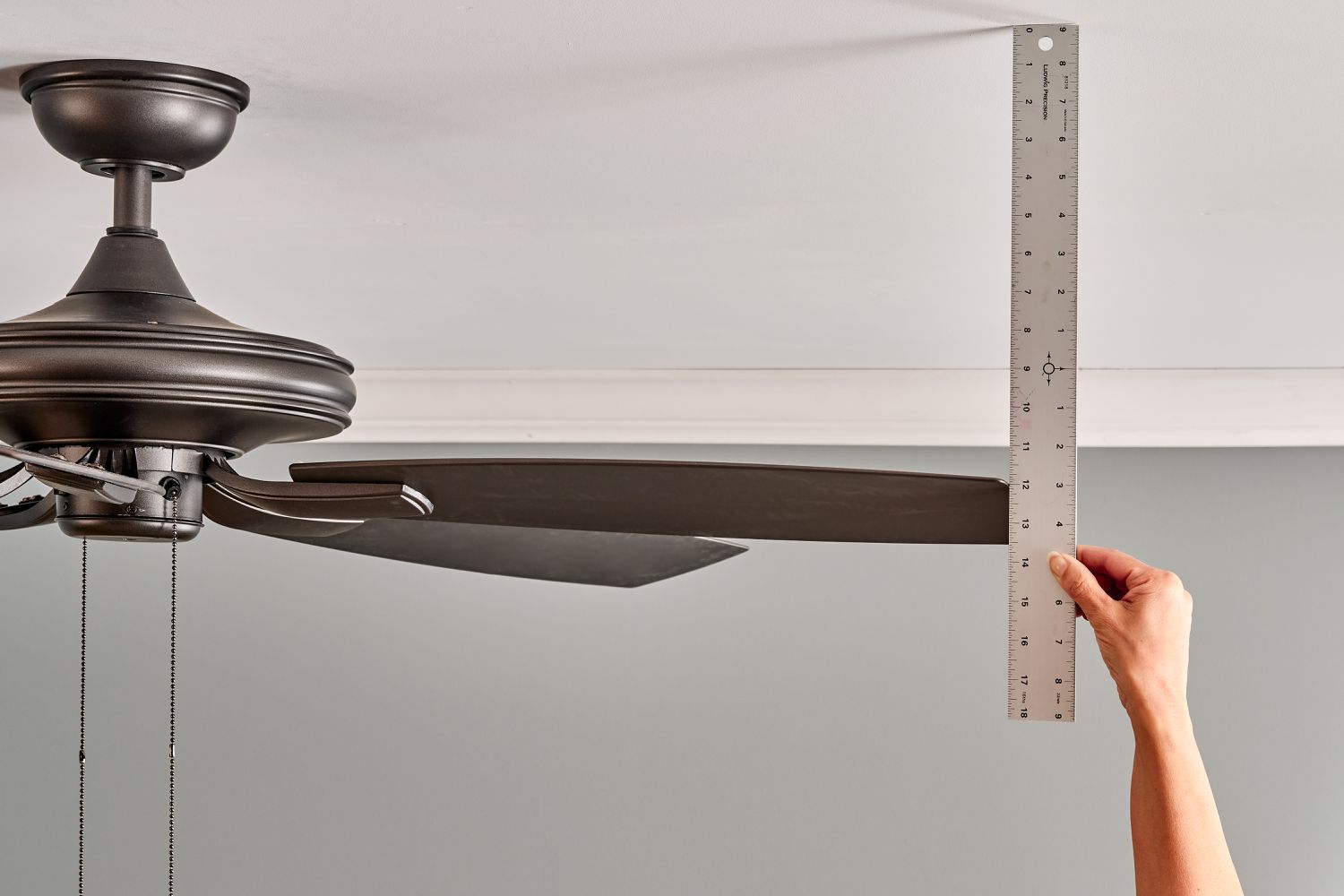
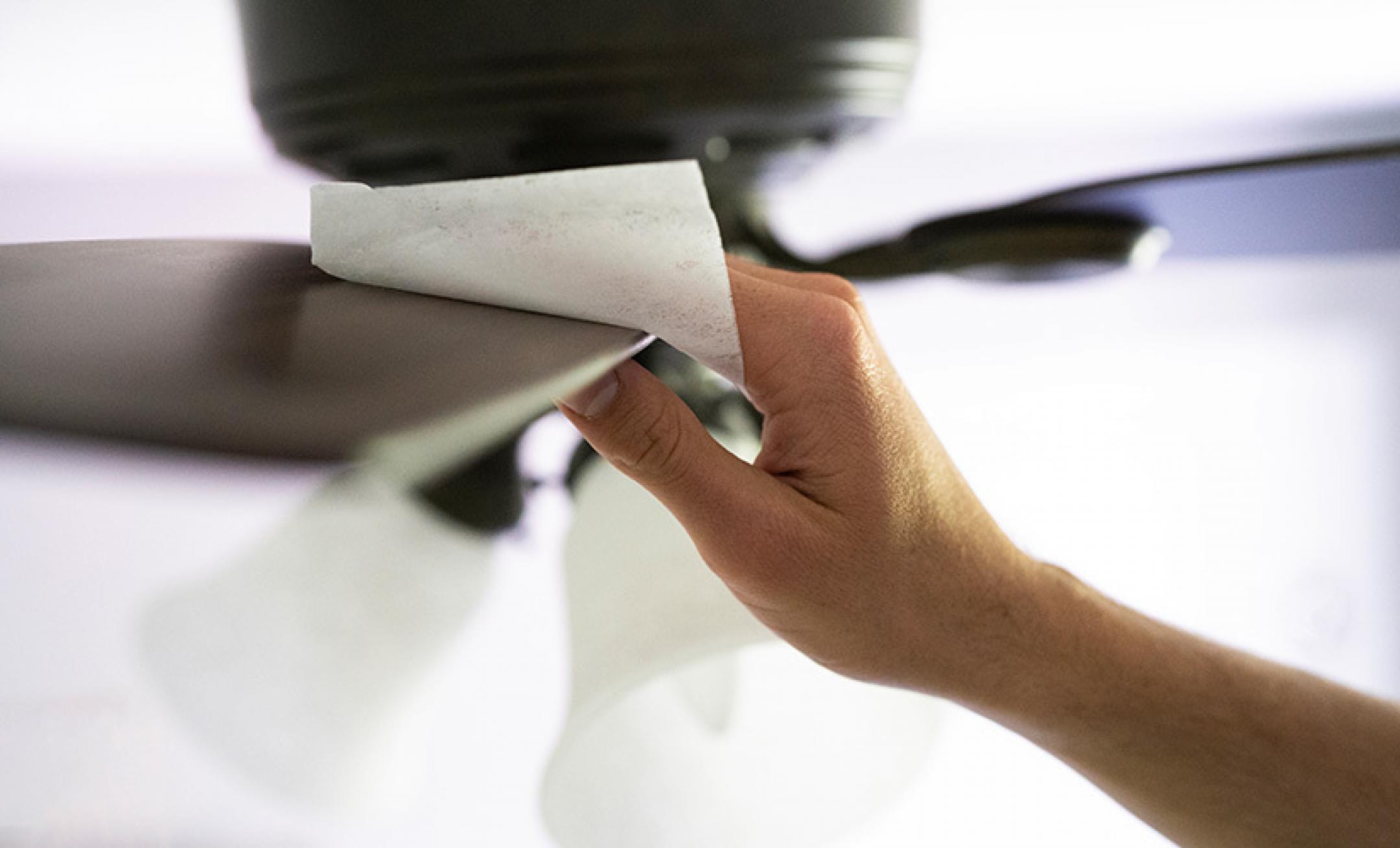
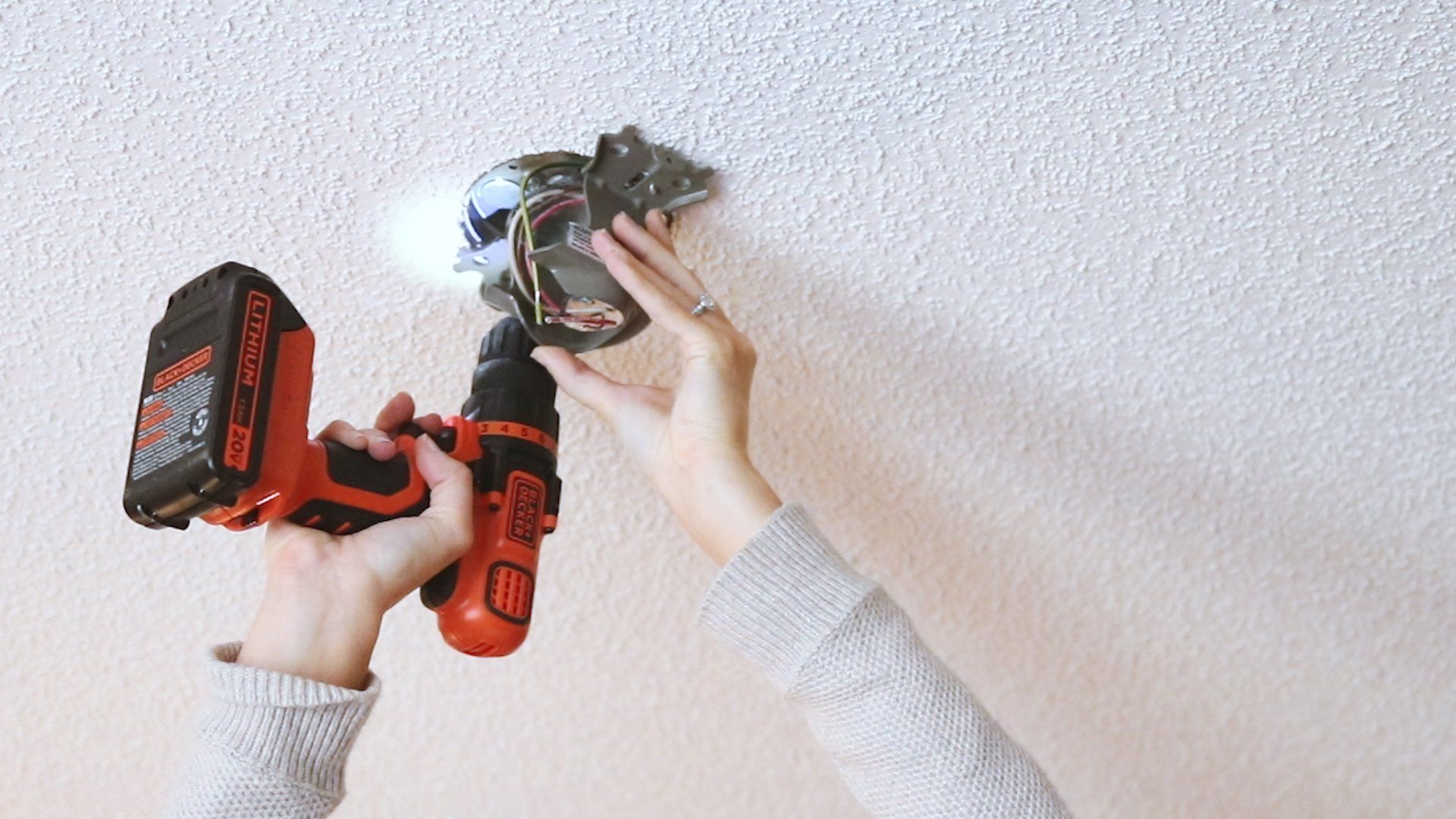
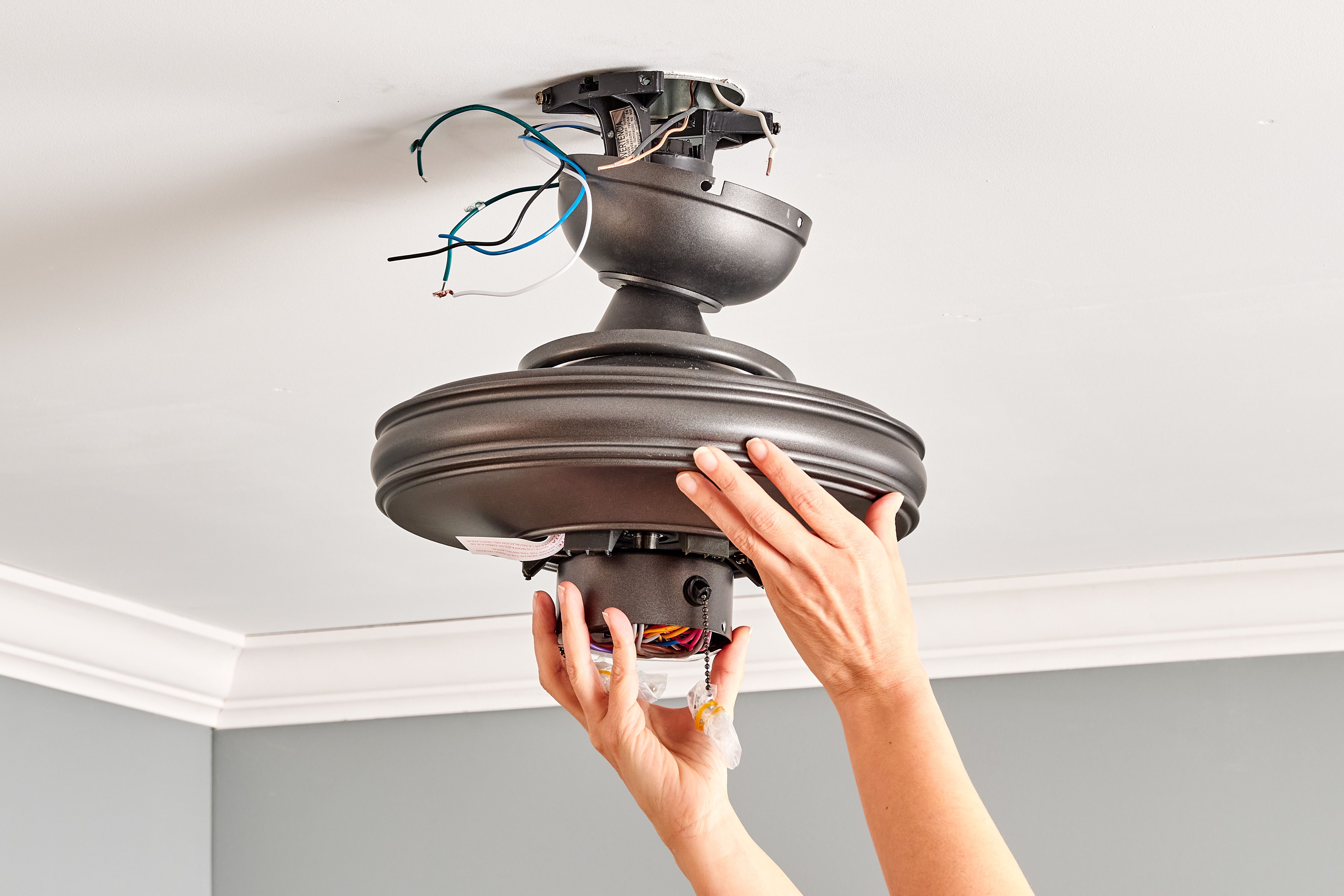
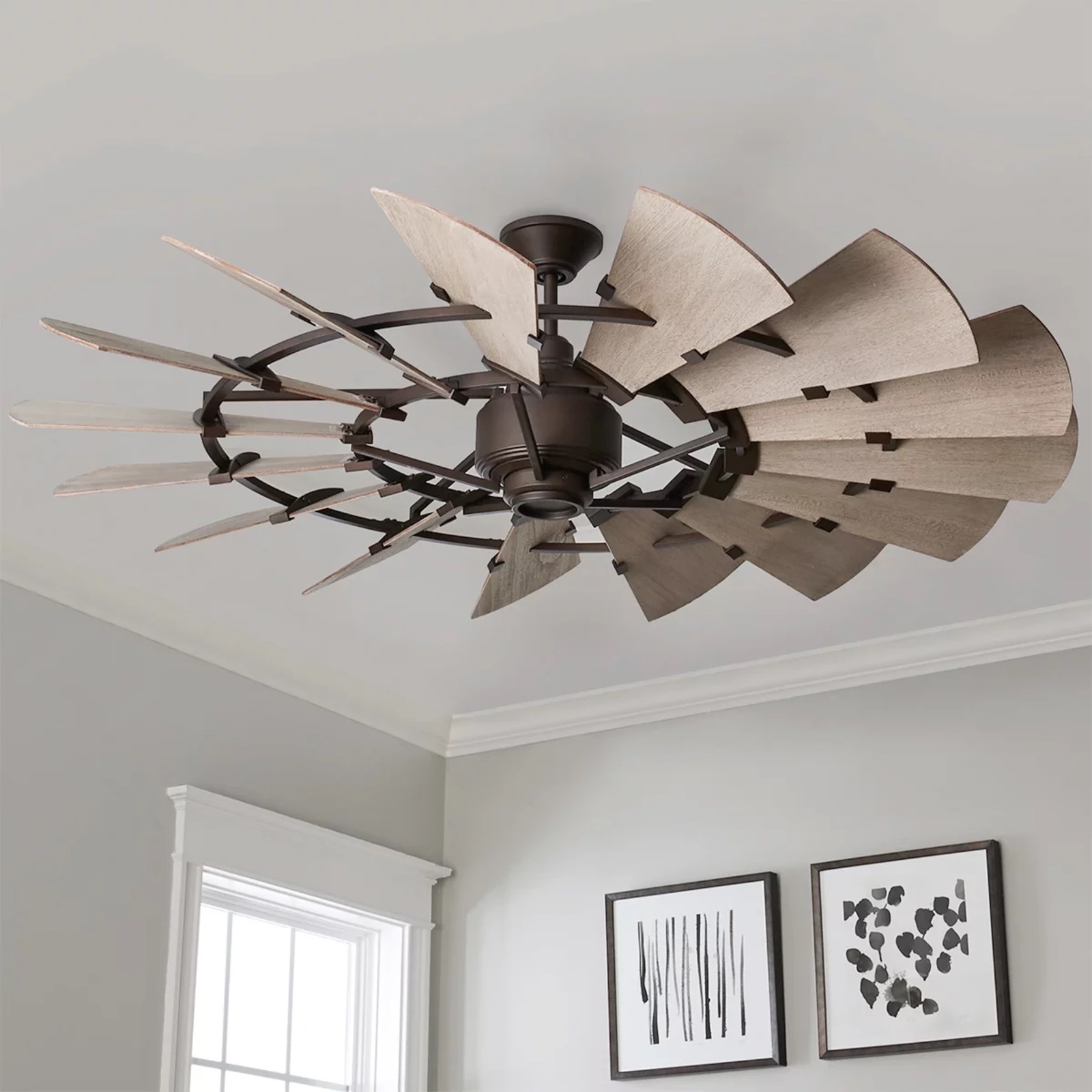
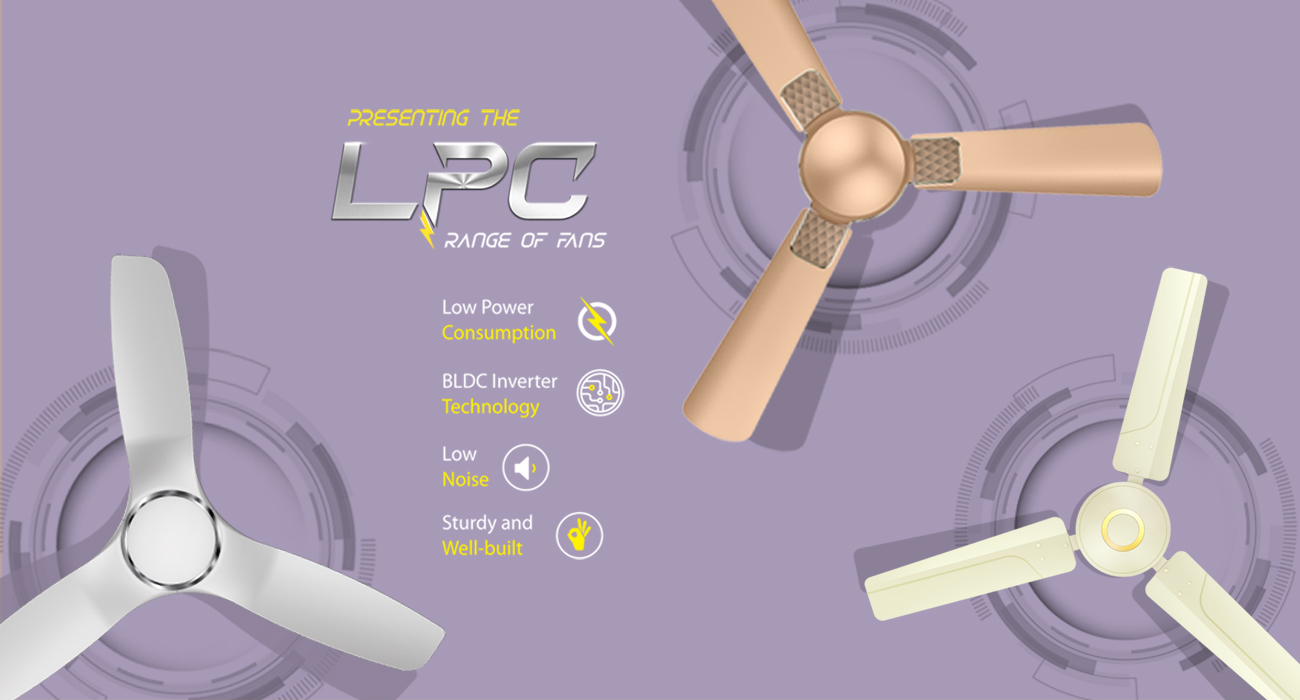
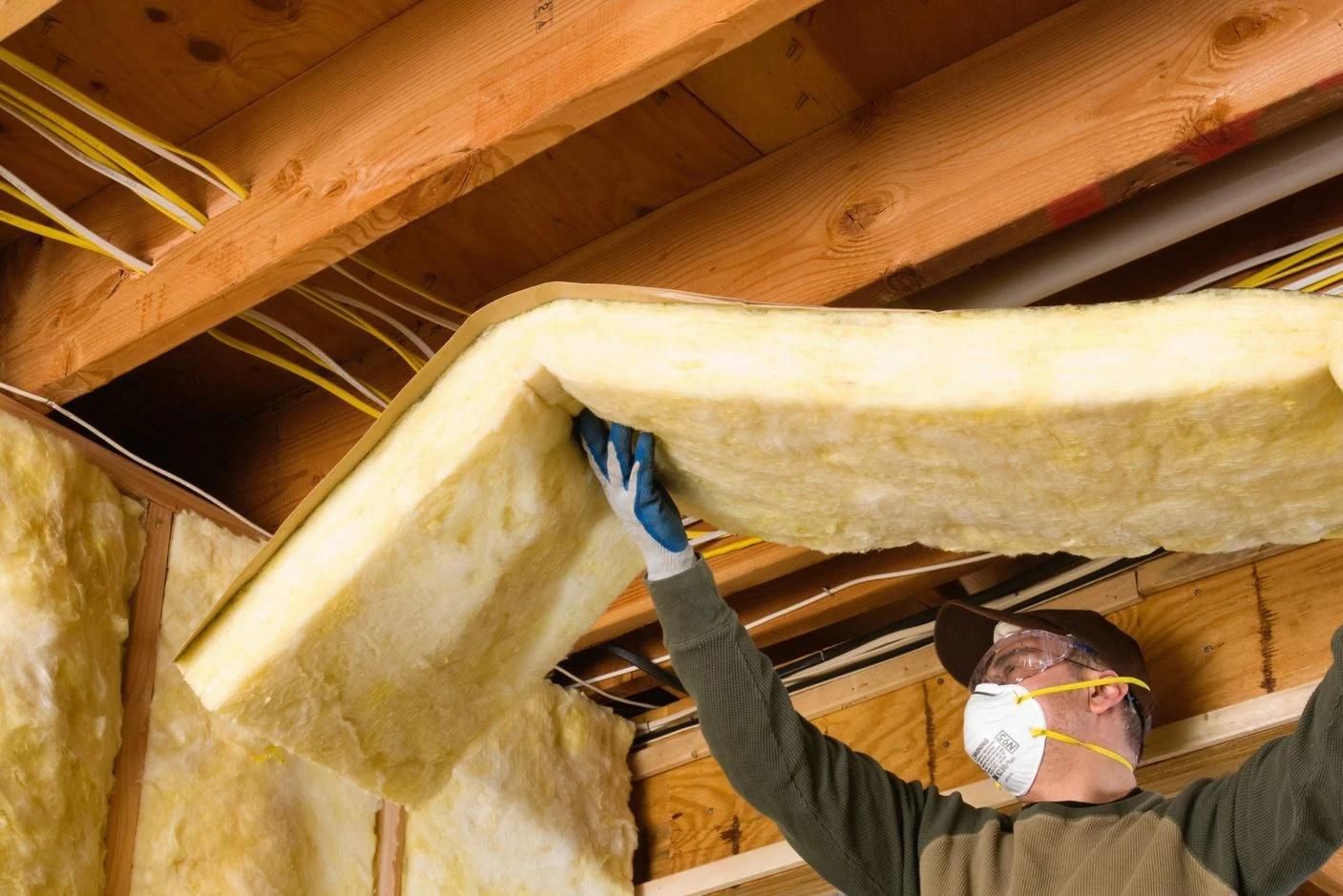
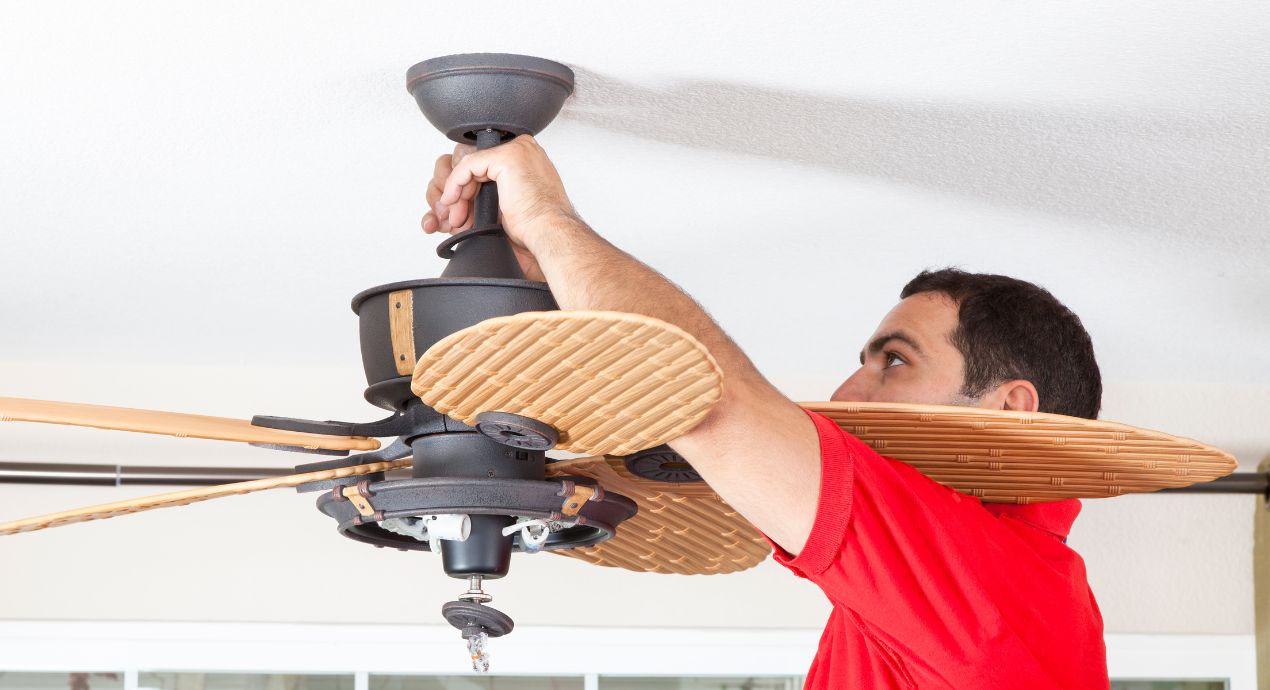
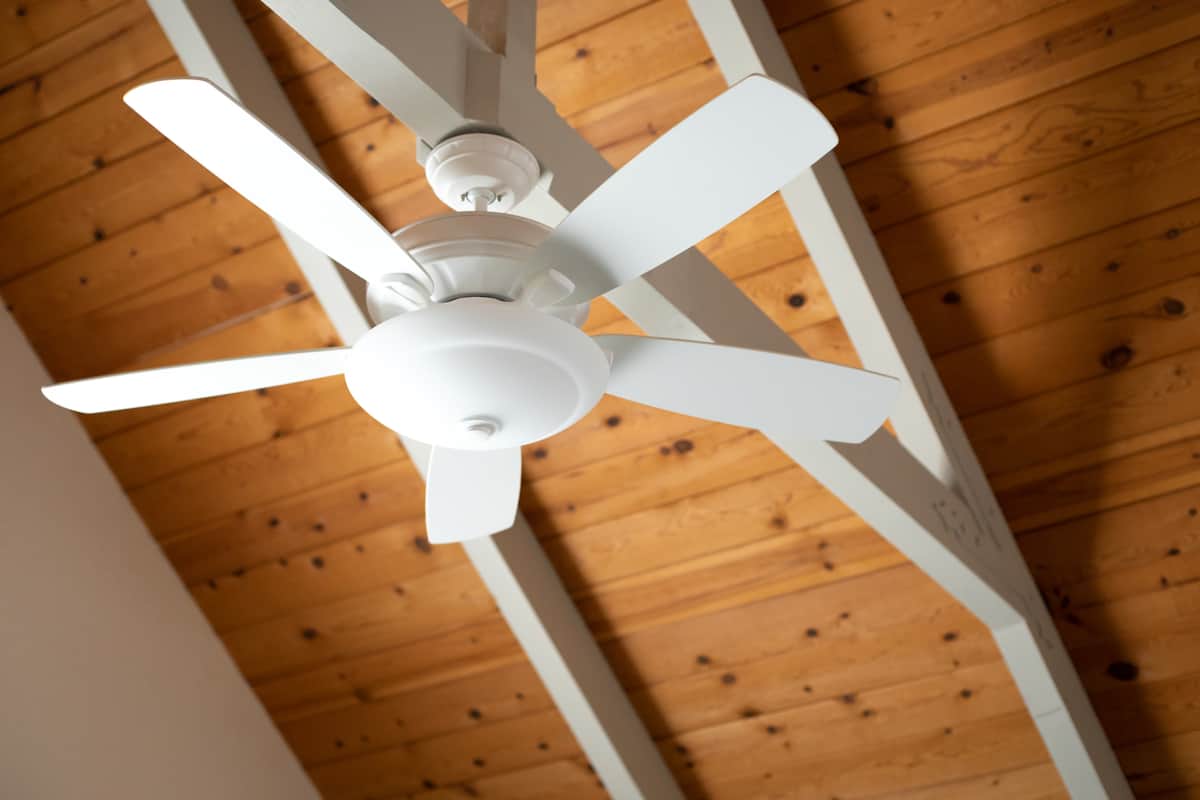
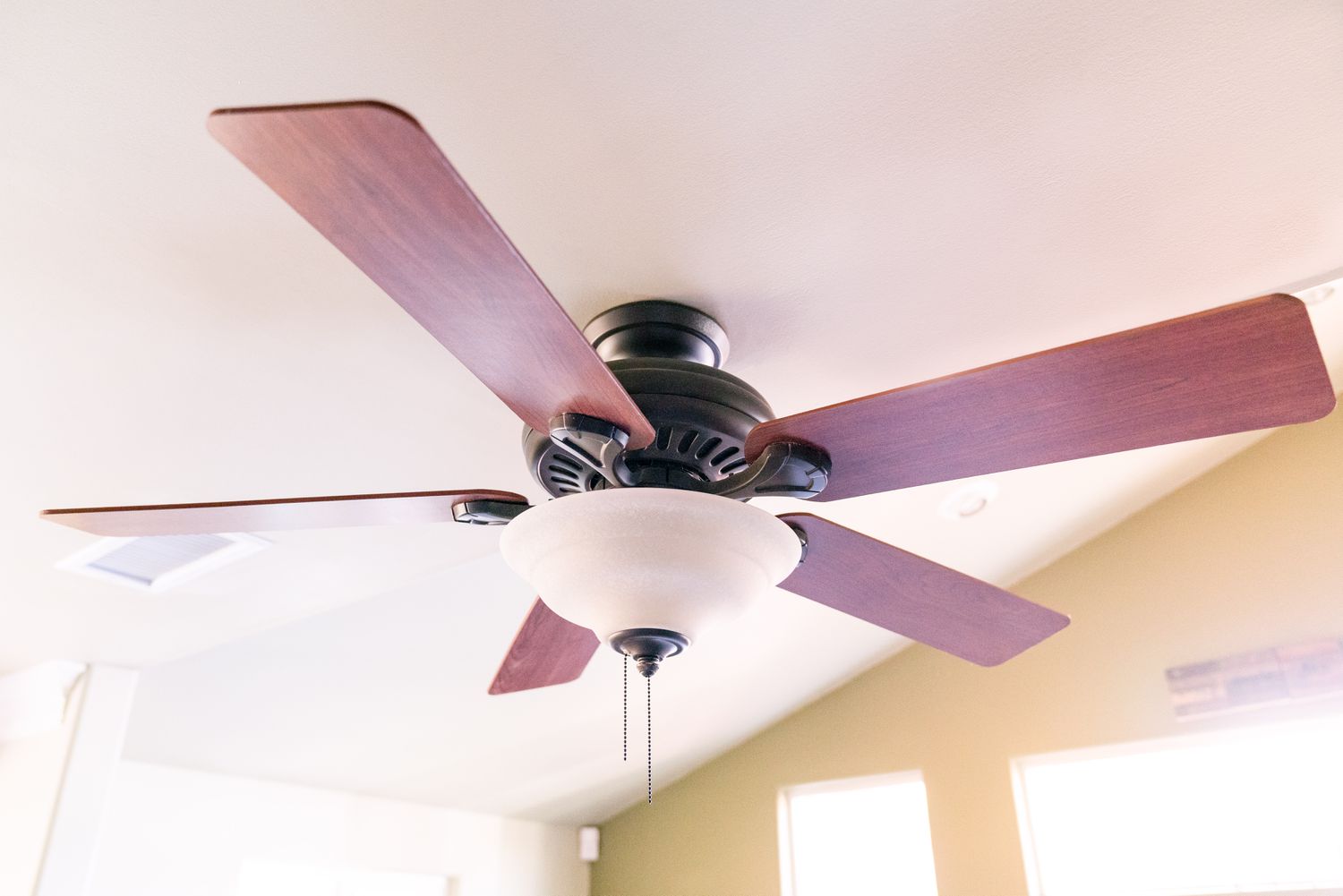
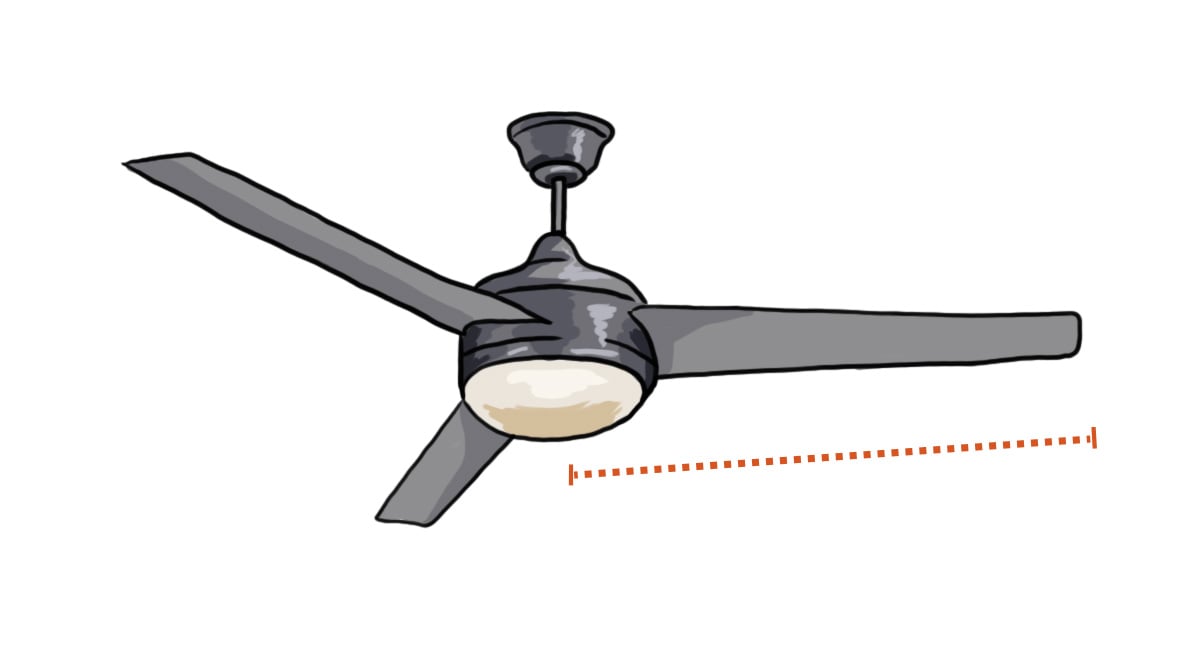
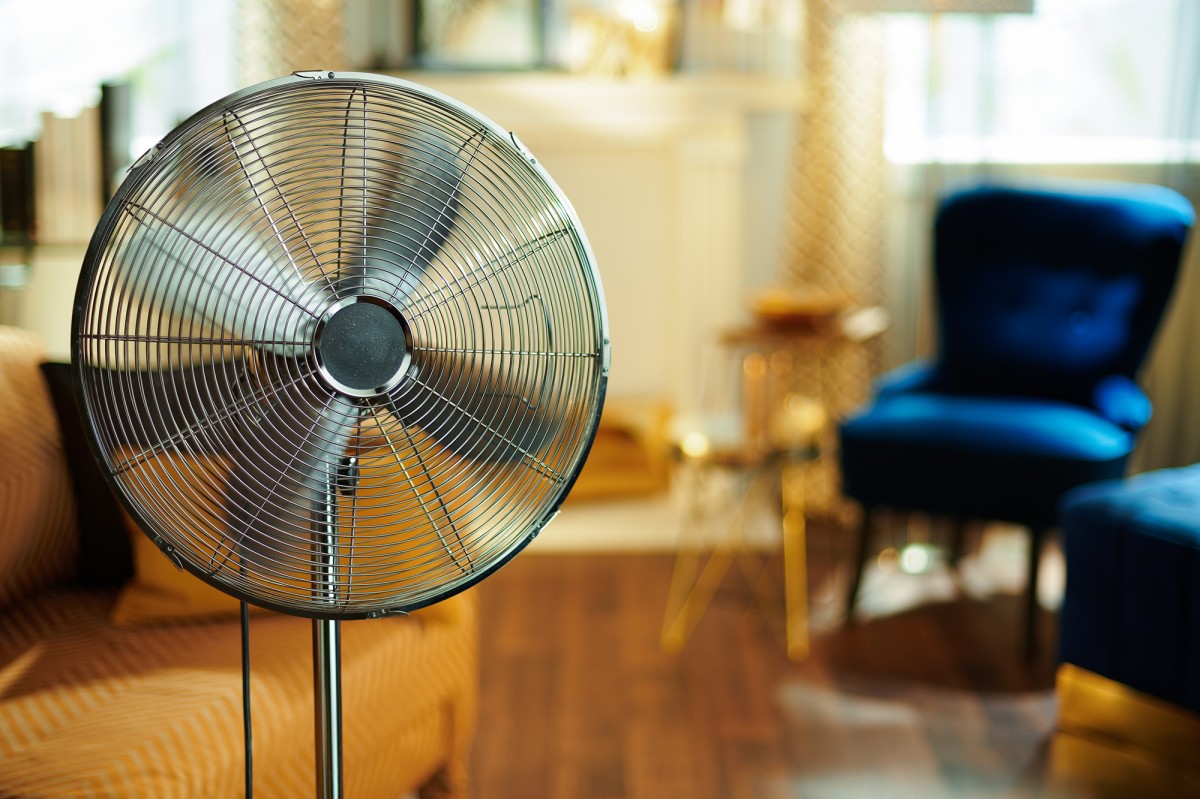
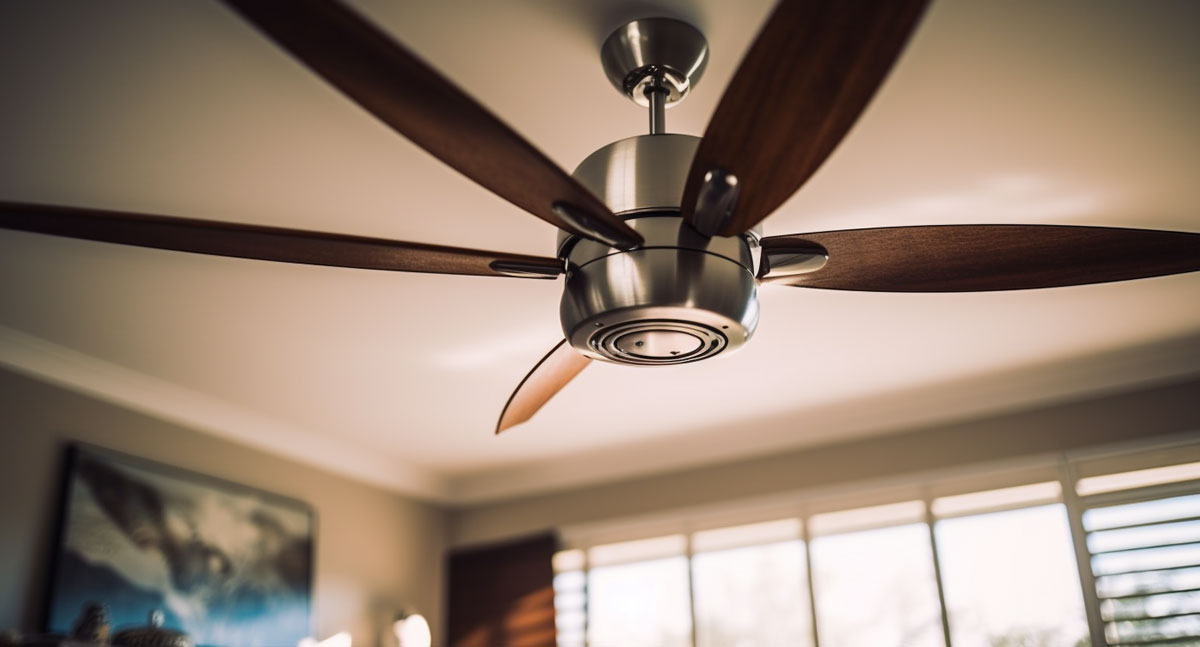
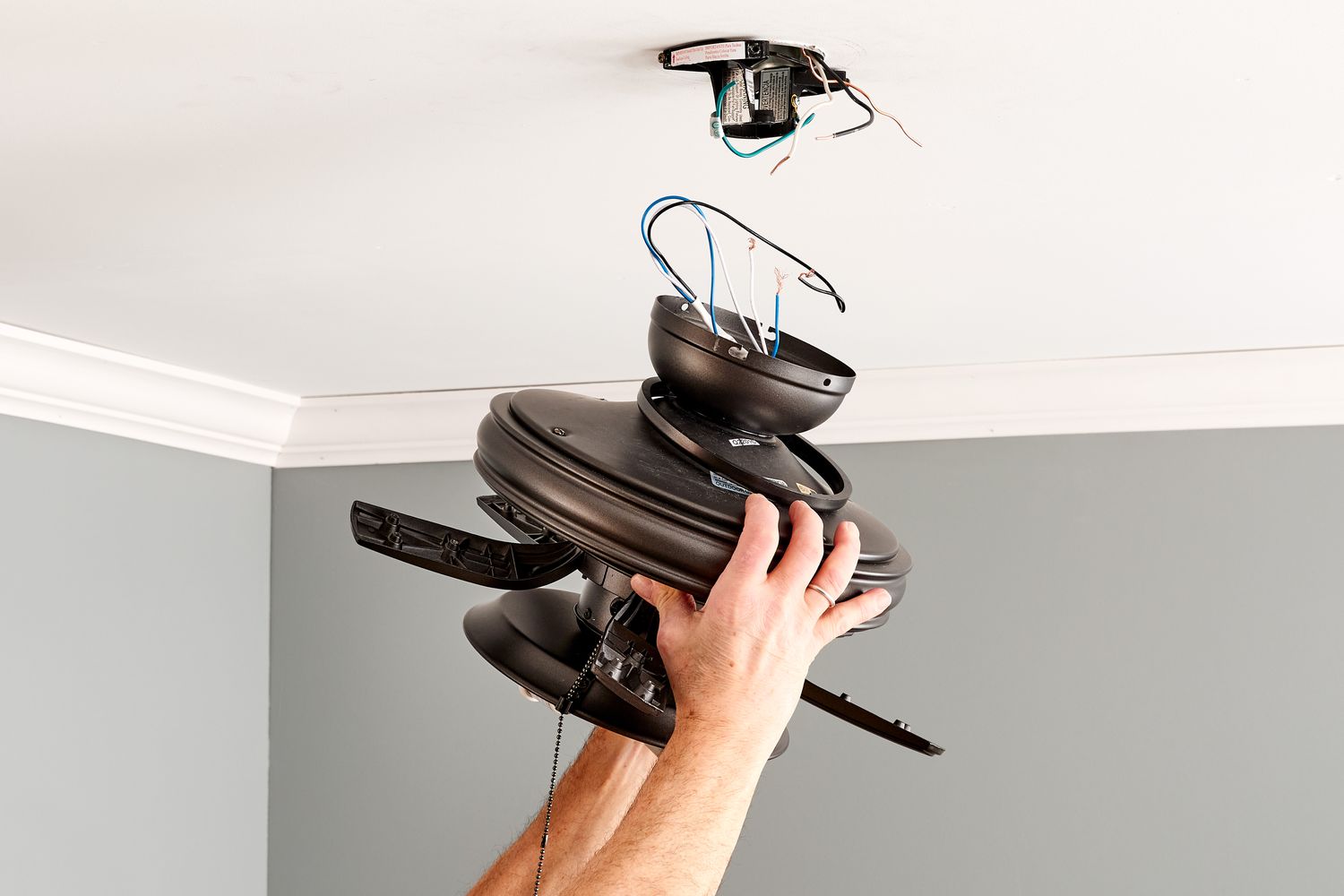

0 thoughts on “How Much Energy Do Ceiling Fans Use”